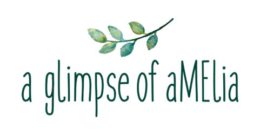Head Lice
Head lice review
Head lice or nits are tiny, wingless insects that lay their eggs on hairs next to the scalp. Common among school aged children, they are about 2-3.5mm long, with six legs, each with a claw at the end. Head lice feed on human blood and need the warmth of a human scalp to live. Gross…..
Did you know that many headlice treatments actually contain pyrethroid insecticides?
Permethrin and pyrethrum, which are found in over the counter options, are neurotoxins that have been linked to “side effects such as headache, ringing of the ears, nausea, tingling of fingers and toes, breathing problems, and other nervous system problems.”
Almost all other store bought brands I found in chemist warehouse contain ingredients such as sodium Lauryl Sulfate SLS, fragrance and dimethicone.
Children are particularly vulnerable to the effects of pesticides, especially those with a history of allergies asthma or those that have a compromised immune system.
So next time we need to reach for an in store treatment we can make a better choice. Here are some preferred brands.
@ecokidorganics
@moogooskincare
@moovheadlice
Some natural treatment methods include:
Heat Treatment. Using a blow dryer to heat sections of the scalp in 30 second intervals. You can also use a hair straightener on the hair to kill active Lice they need moisture to thrive.
Nit Comb. Comb the hair to remove dead lice and eggs, this step helps for any that were not killed by step one.
Essential oils. Oils such as lavender and tea tree diluted and sprayed onto the scalp can help with deterring lice.
Chronic exposure to insecticides has been linked to numerous health concerns, not only can they be in products we use on our bodies, but also our animals to prevent ticks and fleas and in our garden. They are toxic to our waterways, bees and insects. It is important we reduce or avoid exposure to these products.
#headlicetreatment #lowtoxlice #headlice #lowtoxheadlice #nittreatment #nitcomb

